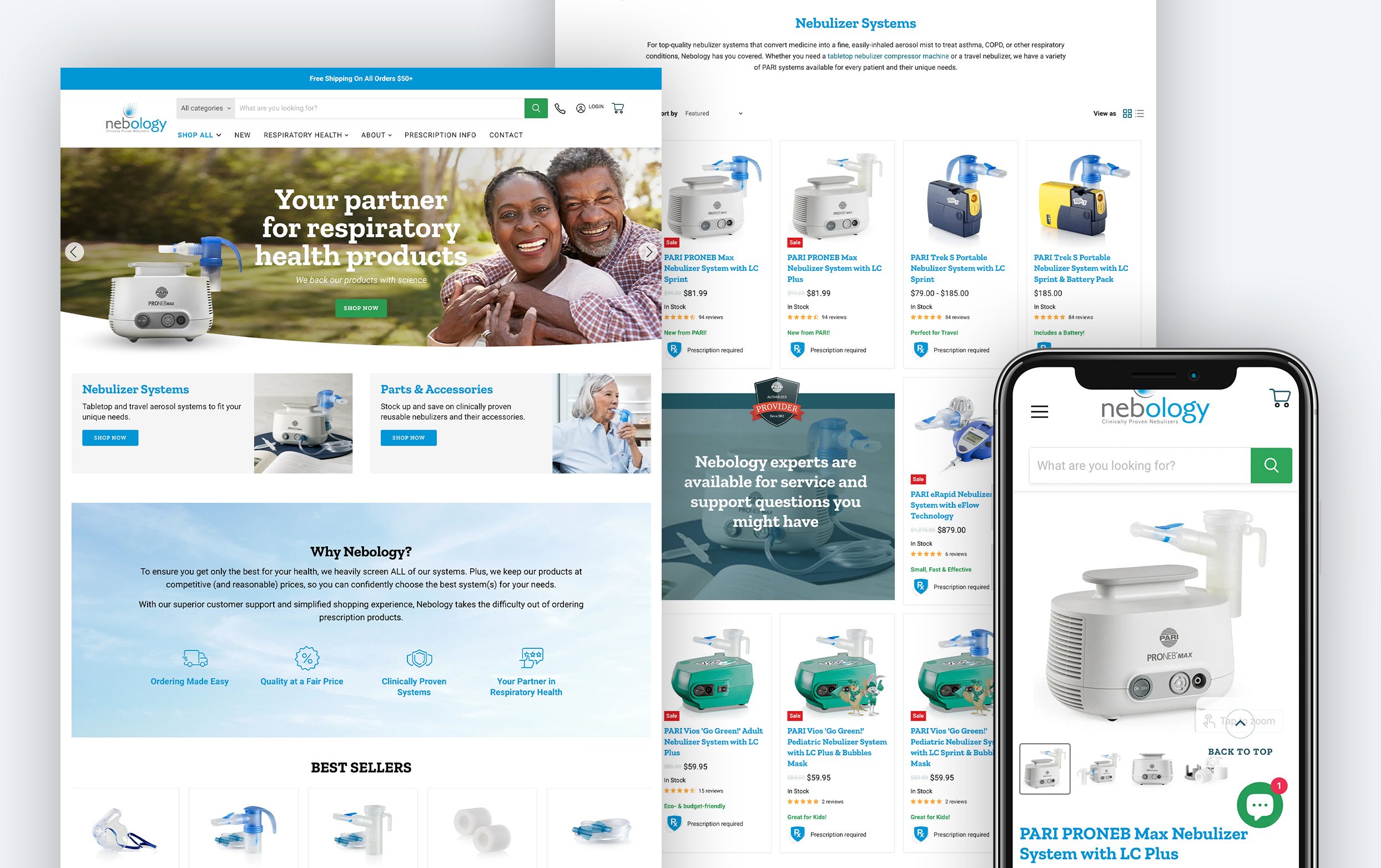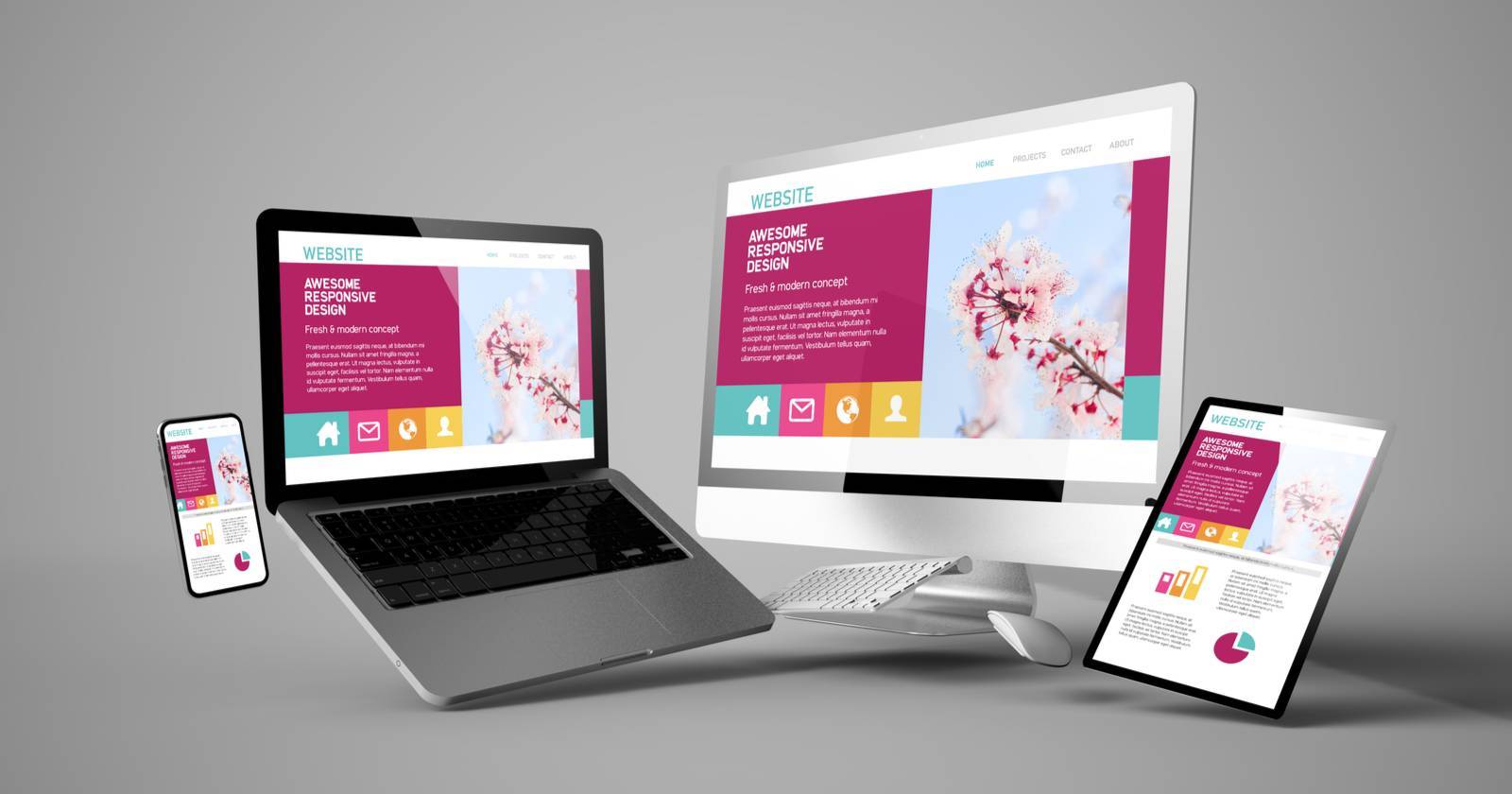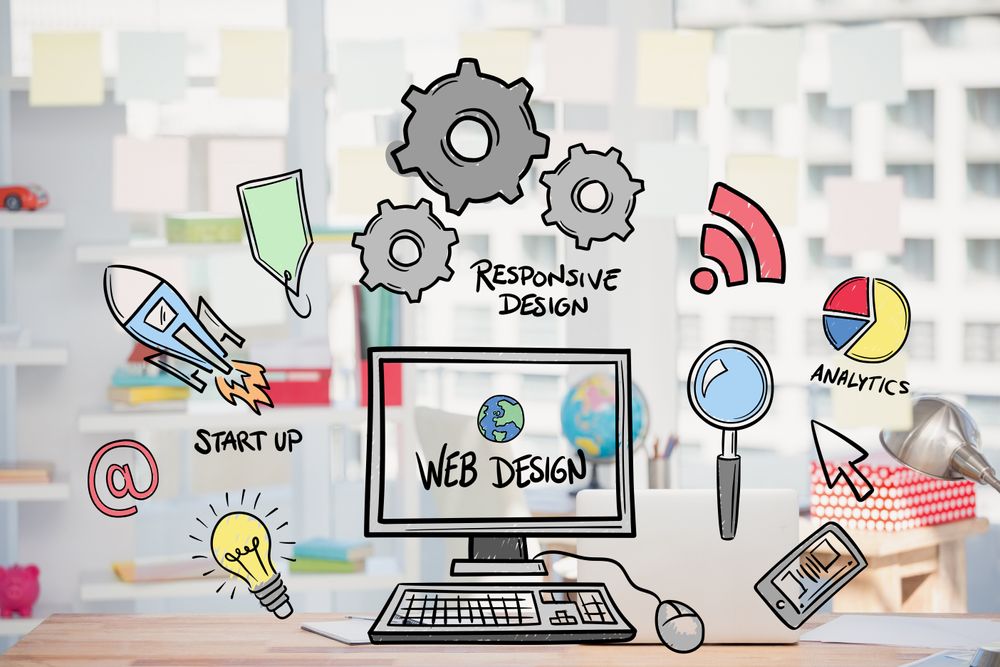Exploring the Partnership In Between Internet Layout and Raised Consumer Involvement
When you think of website design, consider just how it influences client interaction. A user-centric method can transform a simple go to into a long lasting connection. By concentrating on intuitive navigating, receptive layouts, and appealing visuals, you can create an experience that motivates individuals to return. What particular elements genuinely drive this interaction? Understanding these factors can disclose how to maximize your style for better outcomes. Let's explore the subtleties that can make all the difference.

The Importance of User-Centric Layout
When you prioritize user-centric style, you're not simply producing a website; you're crafting an experience that reverberates with your target market. This approach puts the customer's needs and choices at the forefront, ensuring they discover worth and satisfaction in their communications. By recognizing your audience, you can tailor layout, material, and capability to meet their expectations.

In addition, when users really feel recognized, they're much more most likely to return. They'll trust your brand and suggest it to others. Inevitably, buying user-centric style isn't practically appearances; it has to do with cultivating a lasting connection with your target market, driving involvement, and achieving your service objectives. Prioritize their experience, and you'll see the distinction.
Key Elements of Efficient Website Design
Efficient web style depends upon a number of crucial components that collaborate to develop a smooth individual experience. First, you need a clean and attractive layout that draws site visitors in. Concentrate on utilizing a constant color scheme and typography to maintain aesthetic harmony. Next, prioritize rapid filling times; no person wishes to wait ages for a page to display. Clear calls-to-action are important too-- they guide customers to take wanted activities, like signing up or purchasing.
In addition, include top notch pictures and engaging material that relate to your target market's rate of interests. This keeps them on your website longer and motivates communication - Web Design Company Sydney. Lastly, ascertain your style is responsive, adjusting smoothly to different devices. By focusing on these components, you create a welcoming environment that motivates customer interaction and enhances their general experience. Remember, a well-designed website not just looks good yet also cultivates depend on and encourages repeat gos to.
The Duty of Navigation in Individual Experience
Exactly how does navigation impact your general experience on a web site? When you land on a site, user-friendly navigation assists you find information rapidly and quickly.
Great navigation reduces unnecessary clicks and keeps you involved. You're extra most likely to discover different sections of a site if you can easily backtrack or jump in between web pages. Well-structured navigating enhances depend on; it shows that the website is user-centered and professional.
A sticky or breadcrumb navigating can likewise be beneficial, as it permits you to preserve context while surfing. In short, effective navigating not only boosts functionality but additionally promotes a favorable user experience, driving you to return and possibly convert right into a devoted customer.

Effect of Responsive Style on Interaction
As customers progressively gain access to websites on numerous gadgets, responsive layout ends up being vital for maintaining involvement. When your site adapts seamlessly to various screen dimensions, users enjoy a regular experience, whether they're on a tablet, smart device, or desktop . This flexibility encourages visitors to remain longer, lowering bounce rates and boosting the likelihood of conversions.
Consider it: if your website looks cluttered or difficult to browse on a smart phone, individuals are most likely to leave in stress. By purchasing receptive layout, you deal with their demands, making it simpler for them to discover what they're looking for.
Additionally, online search engine prefer receptive websites, enhancing your presence online. This implies a lot more potential clients can uncover your brand. Eventually, a receptive design not only improves customer experience yet additionally boosts client interaction, bring about increased loyalty and much better total performance for your organization.
Visual Power Structure and Its Impacts on Interaction
Developing a solid aesthetic power structure can greatly enhance user interaction on your site. By organizing elements in a way that guides the eye, you make it simpler for visitors to navigate and soak up information. Use placement, contrast, and dimension to highlight crucial functions, ensuring they catch the user's focus right now. Bigger text or vibrant shades can draw emphasis to crucial phone calls to action.
When you prioritize components efficiently, site visitors without effort recognize where to look first, increasing the opportunities they'll engage with your material. Uniformity in design aids customers build knowledge, minimizing cognitive load and motivating them to explore better.
Incorporating whitespace is just as essential; it permits your layout to breathe, making it less complicated for users to refine details. In general, a well-structured aesthetic hierarchy not only boosts looks but likewise promotes an extra enjoyable and engaging user experience on your web site.
The Power of Shade and Typography in Branding
When you think regarding your brand name, take into consideration how color and typography influence your target market's perceptions and emotions. Selecting the ideal shades can stimulate specific feelings, while your font style can interact your brand's character. With each other, these components can greatly enhance your brand's identification and client involvement.
Color Psychology in Branding
Color plays a necessary duty in branding, affecting just how consumers perceive a service and its worths. Each shade evokes certain emotions and organizations, shaping your brand name's identification and link with your target market. As an example, blue often conveys trust and professionalism, while red can signal excitement and urgency. Assume regarding the message you want to communicate when you pick colors for your brand. Regular usage of color not just enhances brand acknowledgment however likewise fosters psychological connections with your customers. It's important to straighten your shade choices with your target market's choices and cultural assumptions. Ultimately, recognizing shade psychology can enhance your branding method, making your organization more remarkable and attractive in an open market.
Typography's Effect on Perception
The aesthetic components of your brand prolong past color; typography likewise plays a crucial role in forming customer perceptions. You share your brand's individuality and values when you pick the right other font style. A streamlined, modern typeface can suggest technology, while a classic serif font may stimulate practice and integrity. Your audience's analysis experience is straight influenced by these choices, affecting their interaction degrees.

Measuring the Success of Style Modifications on Involvement
Just how can you efficiently assess the effect of style adjustments on consumer involvement? Beginning by establishing clear objectives wherefore you wish to attain with your layout modifications. Utilize analytics tools to track customer communications, such as click-through prices, time invested in pages, and bounce rates. A/B screening is another effective approach; by contrasting two versions of a design, you can directly see which one reverberates much better with your audience.
Do not fail to remember to gather qualitative responses via surveys or user meetings. This can supply insights right into exactly how your style changes make consumers really feel. Screen social media sites comments and points out for real-time reactions.
Ultimately, on a regular basis evaluate your metrics and readjust your methods based on what the information shows. By integrating qualitative and measurable measures, you'll get a detailed understanding of just how your design adjustments affect client interaction and can make informed choices moving on.
Frequently Asked Concerns
How Usually Should I Update My Web site's Layout?
You ought to upgrade your site's style every 1-3 years, or sooner if you observe out-of-date components. Routine updates maintain your website fresh, improve individual experience, and assure it aligns with present fads and technologies.
Can Website Design Alone Increase Sales Conversions?
Website design alone will not guarantee enhanced sales conversions, however it can significantly improve customer experience and build depend on. Incorporate it with effective advertising approaches, and you'll see a more considerable influence on your sales.
What Prevail Website Design Errors to Stay Clear Of?
When making your site, stay clear of cluttered layouts, sluggish loading times, and hard-to-read fonts. Don't neglect mobile optimization or overlook clear phone call to activity. These errors can irritate customers and drive possible consumers away.
Just How Does Website Design Influence Search Engine Optimization Efficiency?
Internet style effects search engine optimization performance by influencing site speed, mobile responsiveness, and user experience. If you optimize these elements, online search engine place your website higher, driving more traffic and improving useful source presence in search results page.
Should I Focus On Aesthetic Appeals or Performance in Style?
You ought to focus on capability over appearances in layout. Individuals need a seamless experience to browse quickly. Do not completely disregard looks; a balanced approach maintains your site aesthetically appealing while ensuring it's efficient and user-friendly.
Verdict
To sum up, embracing a user-centric method in internet style can genuinely boost customer involvement. Frequently gauging and changing your layout based on data will ensure that you stay in song with customer demands, ultimately driving higher conversion rates and enduring client commitment.
Exploring the Relationship Between Web Style and Boosted Consumer Involvement
When you think about web design, think about exactly how it affects client involvement.Reliable web style hinges on a number of essential aspects that work together to create a seamless user experience. Ultimately, a responsive design not just boosts customer experience however likewise increases client engagement, leading to enhanced loyalty and far better total efficiency for your company.
On a regular basis gauging and adjusting your layout based on information will certainly assure that you remain in tune with user demands, inevitably driving greater conversion rates and enduring client loyalty.